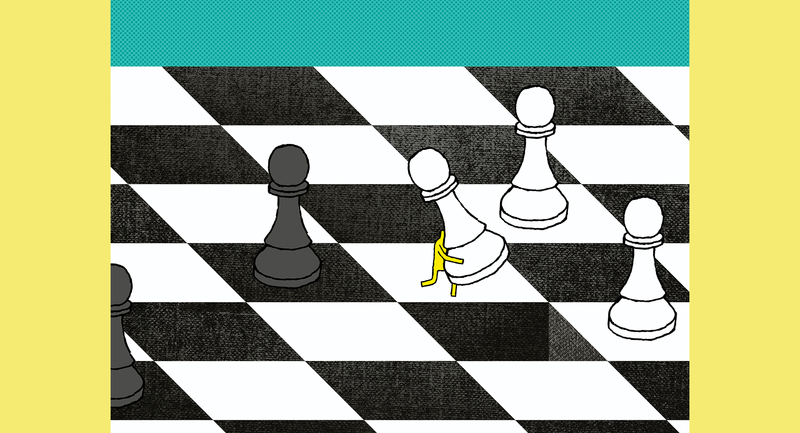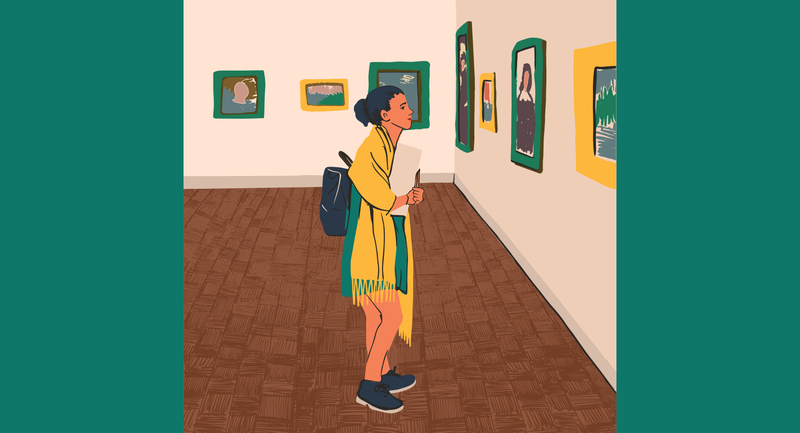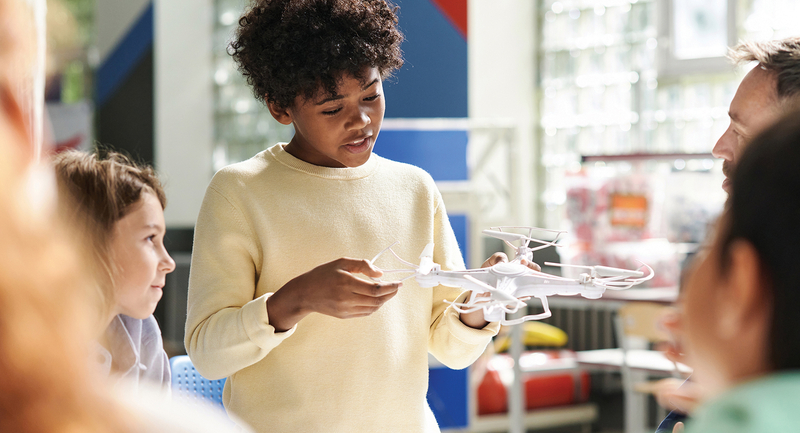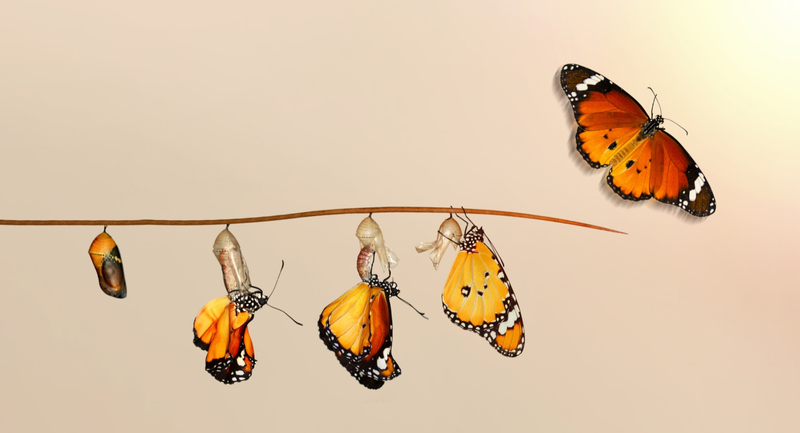So you created a makerspace and stocked it with all the modern tools for students to prototype and create. Now what? One of ISTE's eight questions to ask before launching your makerspace revolves around defining your learning goals and outcomes. Are you using these spaces to create a mindset for solving real problems? Are you inspiring students to develop the skills necessary to succeed in the modern economy and make a difference?
Unfortunately, we often use makerspaces to solve teacher-directed "fake" problems. It's fine to 3-D print trinkets from sites like Thingiverse or build simple copper circuits that light an LED bulb. But we need to go beyond these simplistic approaches and identify real areas of need in our communities.
Attaching Purpose to Projects
The first authentic problem-solving experience we led was with the Prosthetic Kids' Hand Challenge). Started by a teacher in South Carolina, the Hand Challenge donates prosthetic hands to kids in need by teaming them up with people around the world who have access to a 3-D printer. The group provides all the files and designs needed to print, assemble, and ship a prosthetic hand. This kind of project is a great place to start using 3-D printers for a purpose. That challenge is on hiatus, but sites like e-NABLE Web Central) feature similar projects.
At All Saints Episcopal School, we set out to design our own solution to a problem. Our juniors and seniors teamed up with the Center for Affordable Prosthetics) to help a 22-year-old man in Honduras in need of a prosthetic arm. This time it was not a simple download-and-assemble project. Students had to go through the design thinking process to build an arm to the man's specifications, which involved iteration and problem solving. How do you print an arm that will form to the contour of a person's existing limb? The students tested different filaments until they discovered one they could heat and form into a shape that worked. Many challenges like this cropped up along the way, but the teens persevered.
"When we all found out who it was for, it gave a deeper meaning to the project and made us want to do it more," said one student. The class was excited to hear of the arm's arrival in Honduras but also open to feedback about necessary improvements. Students are now working hard on an enhanced version of the arm, as well as a new prosthetic hand for a young girl in Colorado.
Meeting School Needs
You don't have to go all the way to Honduras to solve real-world problems. Our playground, for example, was outdated and no longer serving the needs of our youngest students. Rather than hire an architect, we went to experts who had lived the experience: 6th graders. We presented the challenge to them, and they interviewed preschoolers to inform the models they would build, using everything from cardboard to 3-D printers.
This past summer, their ideas came to life when the playground was renovated into a "Tiny Town" with stores and a road for tricycles. The excitement of the 3- to 5-year-olds was surpassed only by the pride of the 6th graders who designed it. Next up? A redesign for the school's quad area and soccer field.
Why Mindset Matters
This year, All Saints created the Center for Innovation, which includes a "Fab Lab" equipped with a laser cutter, milling machine, vinyl cutter, and 3-D printers. With this new space, students in the fabrication class are embarking on a journey of design thinking. Using the foundational knowledge they gained in the first semester, they will find a community partner to team up with in the second semester. Students will pitch an idea, go through the design process, and then iterate their solution. At the end of the year, we hope our students will have made a meaningful difference in the community.
Through these experiences, we have learned that success is dependent not on having the best tools in your makerspace, but on having the right mindset. If we continue to underestimate our students by asking made-up questions, we will never see the limitless potential they have as empathetic problem solvers. Inspiring students to think about how they can influence the world through inquiry and innovation not only helps them grow but also builds a better community. How can you use your makerspace to make a difference?








